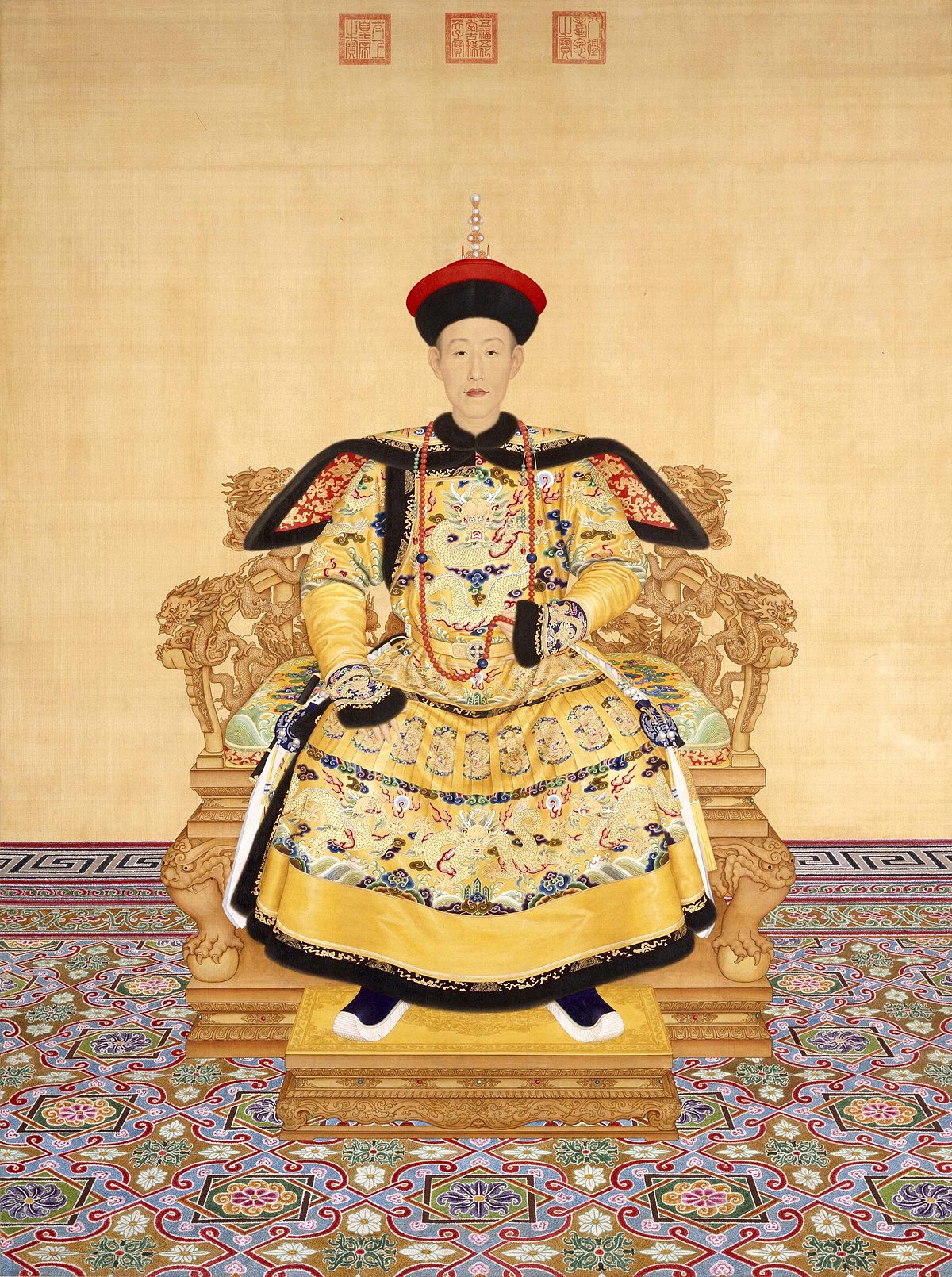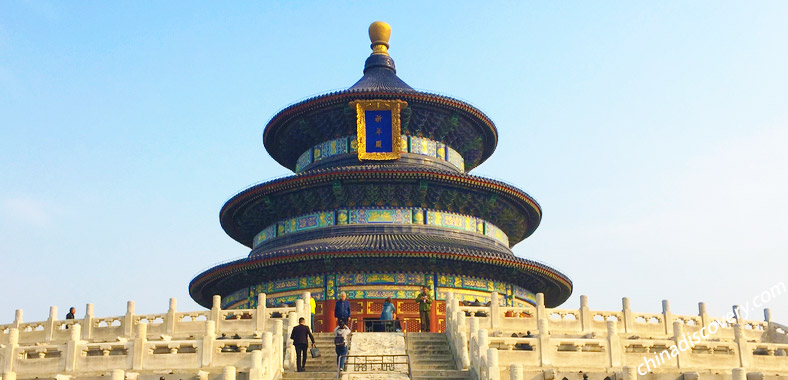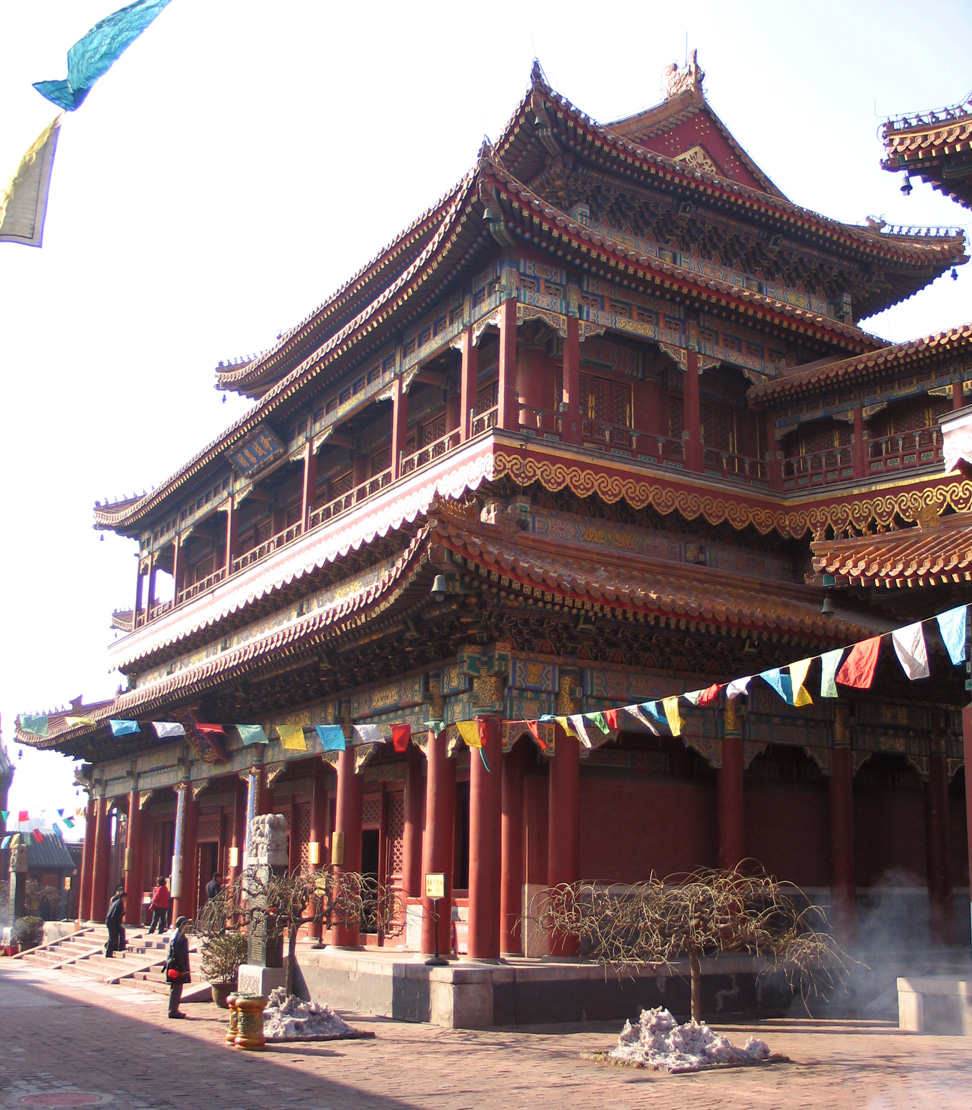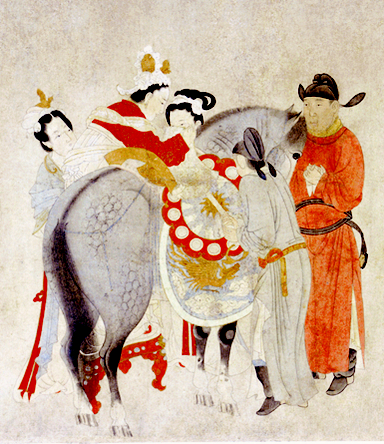The term 天命 or, mandate of heaven, refers to the doling out of justice upon leadership by heaven. This mandate is what caused the ruling dynasty to end, and for the future dynasties to begin. It would usually manifest itself as a natural disaster such as a flood, earthquake, or famine. Such disasters would be interpreted by the people as a sign that the emperor has lost the mandate, and begin to revolt.
Of course, the system wasn't so simple that a large scale revolt would begin at the first sign of a little rain. Unfortunately, because the government was filled with bureaucracy, it was very easy for leaders to become corrupt, and it was in the people's plight from corruption that they would start to notice these natural signs and begin the revolt.
Since the emperor was said to have the mandate of heaven, it follows that he should be considered by heaven as more important than everyone else. He was given the name 天子, or son of heaven. In Confucianism, being a son to someone, you need to respect them with 孝(filial piety), meaning that the emperors in Beijing needed to go to the temple of heaven to pray to their ancestors, which the emperors of the Ming and Qing dynasty would do annually (I am sure other emperors probably did this, they just didn't do it in Beijing).
Recently, I have been reading an ancient Chinese book called "The Great Learning" or 大学in Chinese. It is thought of as a primer for anyone wanting to study Confucianism. It goes over eleven terms that are considered important for the study called the 三纲八目, which I haven't been able to properly translate, so I will call them the three cardinal guides and the eight goals. Once of them is called 平天下, which means tranquility of all under heaven, but really means a tranquil empire (because China was considered the center of the world). In "The Great Learning," it basically says that the emperor should behave well, because everything he does should and will act as a trickle down to the lower groups of society (the state, the family, etc.). He should lead by example for all of his subjects.
The Temple of Heaven 天坛
The Temple of Heaven was an important building in Beijing, because this is where the emperors would go each year to pray for a good harvest, and a tranquil empire. In other words, he was praying to keep the mandate of heaven so his family could continue to rule China. This building has a very interesting and complex design. I am really simplifying the explanation a lot, but you can see that the main temple is round, and inside the temple is square. The round part symbolizes heaven, and the square symbolizes the earth.
Unfortunately, the beautiful Temple of Heaven also suffered at the hands of the French and the British at the end of the Second Opium War. I want to cry some more! That's alright though, because it was rebuilt, and it now a UNESCO World Heritage Site. You can see it for yourself in all it's glory.
The Yonghe Temple 雍和宫
The Yonghe Temple, also called the Palace of Peace and Harmony, was built during the Qing dynasty. During the reign of the Kangxi emperor it was a home for his son, and future emperor Yongzheng. When Yongzheng ascended the throne it was converted to a lamasery for Tibetan Buddhist monks from Mongolia and Tibet, and it became the Chinese national center for lama administration. Yongzheng was later buried their at the place that was his childhood home. One notable work of art from the temple is a statue of the Maitreya Buddha that was given as a gift to the emperor Qianlong (son of Yongzheng) as a gift by the seventh Dali Lama. It is famous, because it took three years for the statue to reach the temple. It reminds me of a similar but much more impressive story from the history of the Hexi Corridor, which I will leave for my series of blogs on that topic. Anyway, I will be sure to get a picture of the statue if I am allowed.
That will be the end of this blog. I haven't seen any videos related to these two places in particular. If you are interested to learn more about Confucianism, you can read the ancient Confucian books, "The Great Learning", "The Analects of Confucius," "The Works of Mencius," and "The Doctrine of the Mean," along with me.
In the next blog I will be focusing back on Xi'an to discuss another very popular figure in Chinese history, Wu Zetian 武则天 also known in English as Empress Wu of the Tang dynasty along with the big and small Wild Goose Pagodas and the Daming Palace.








